-
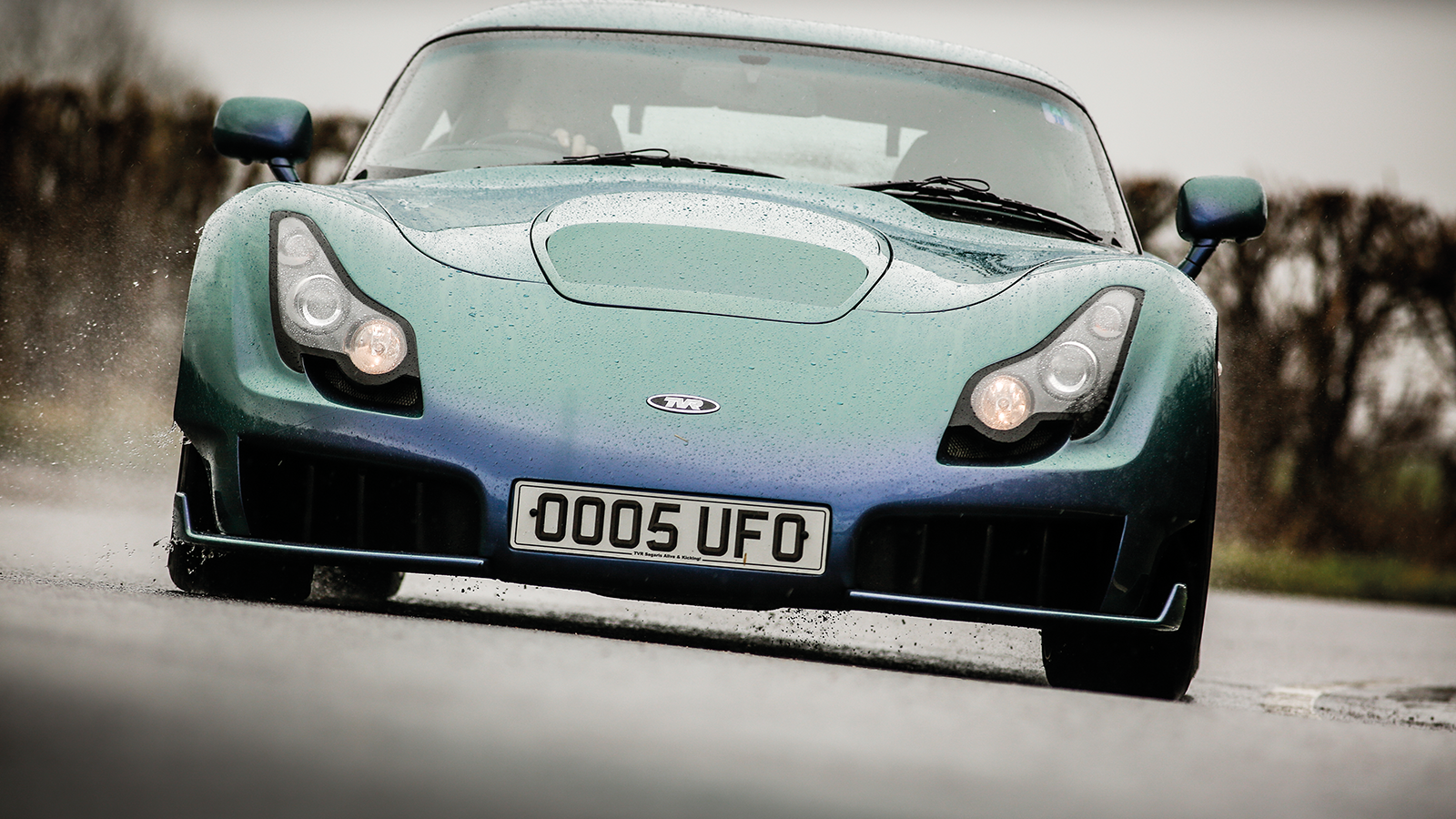 © Classic & Sports Car
© Classic & Sports Car -
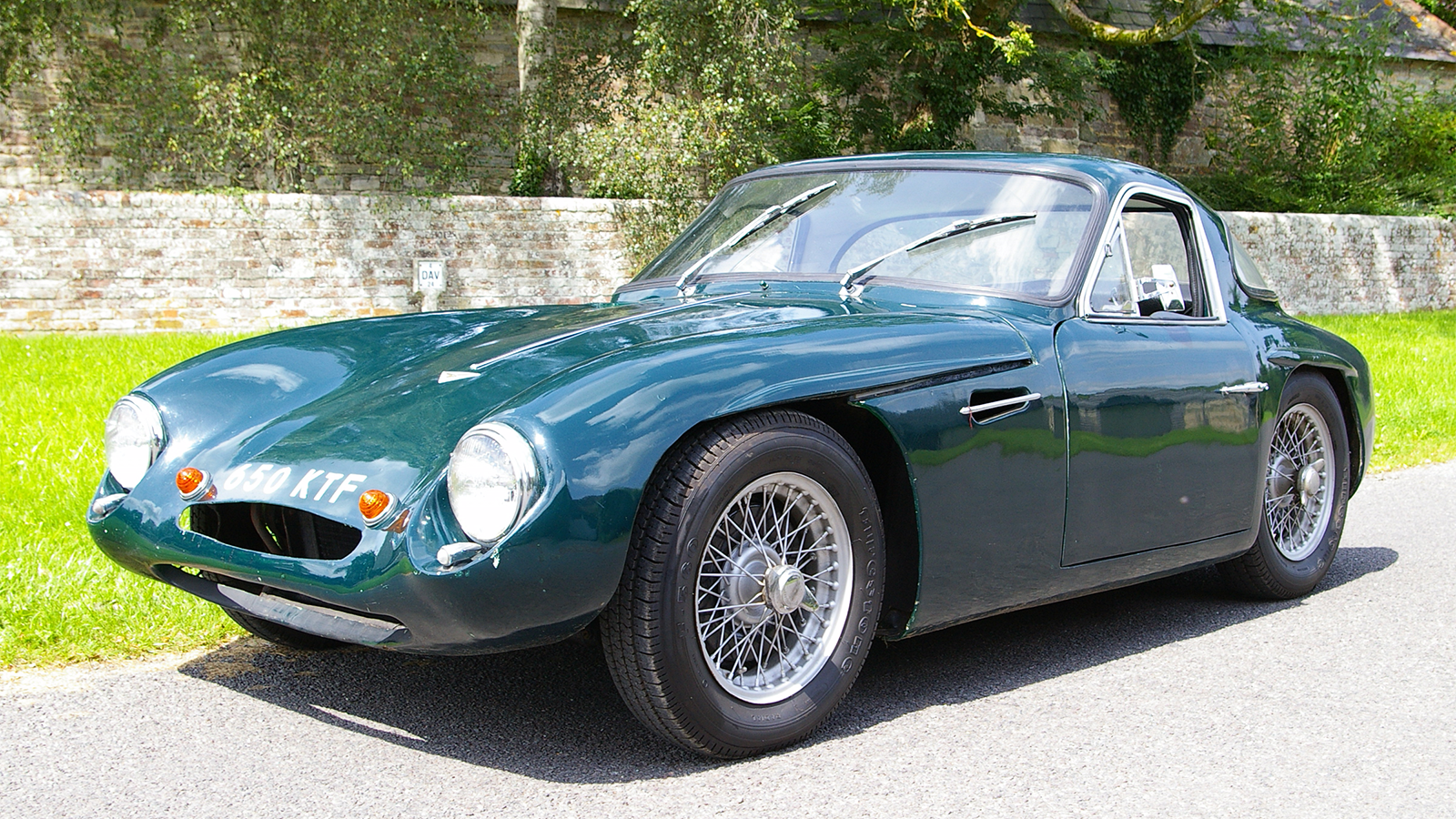 © Newspress
© Newspress -
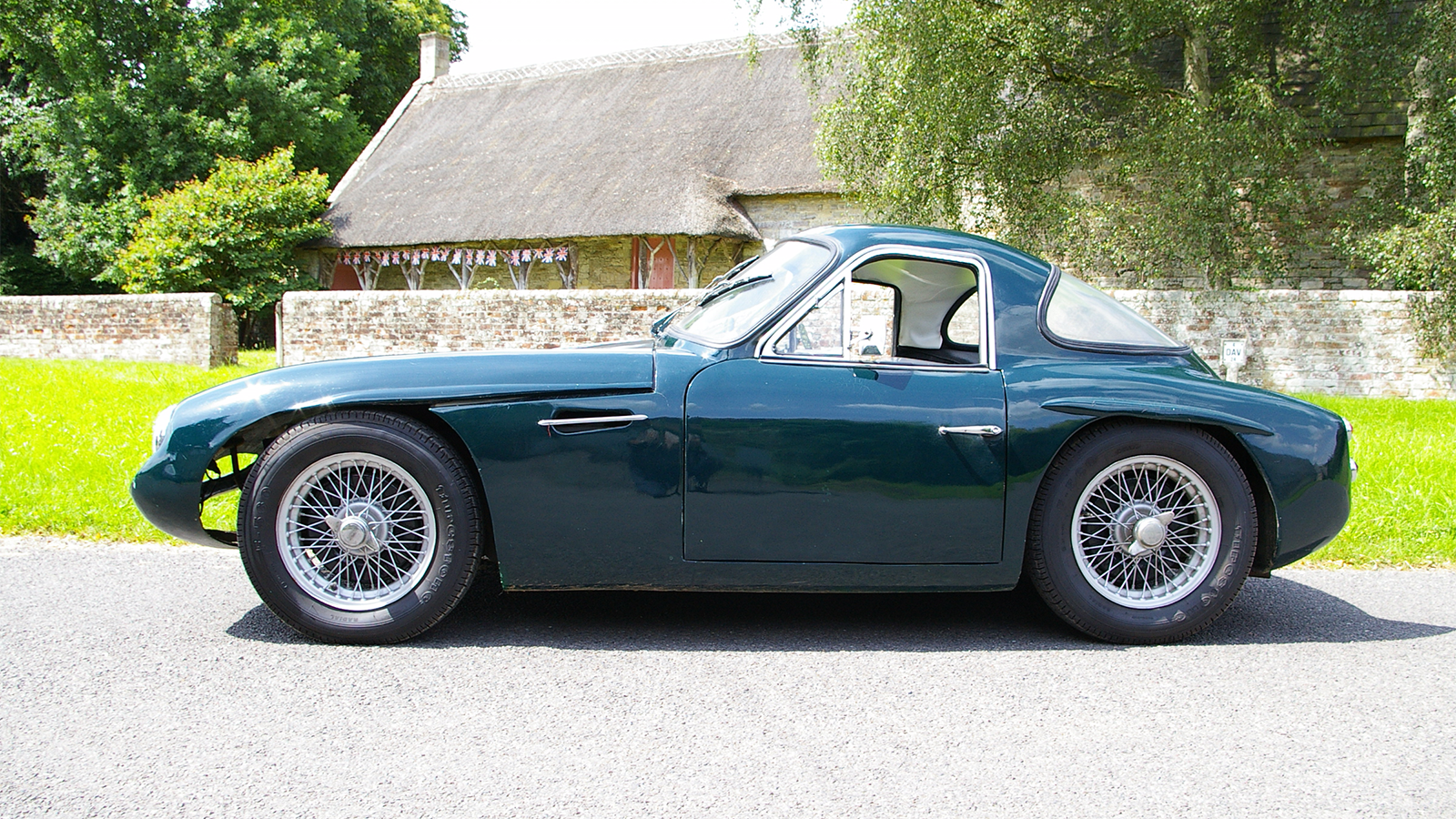 © Newspress
© Newspress -
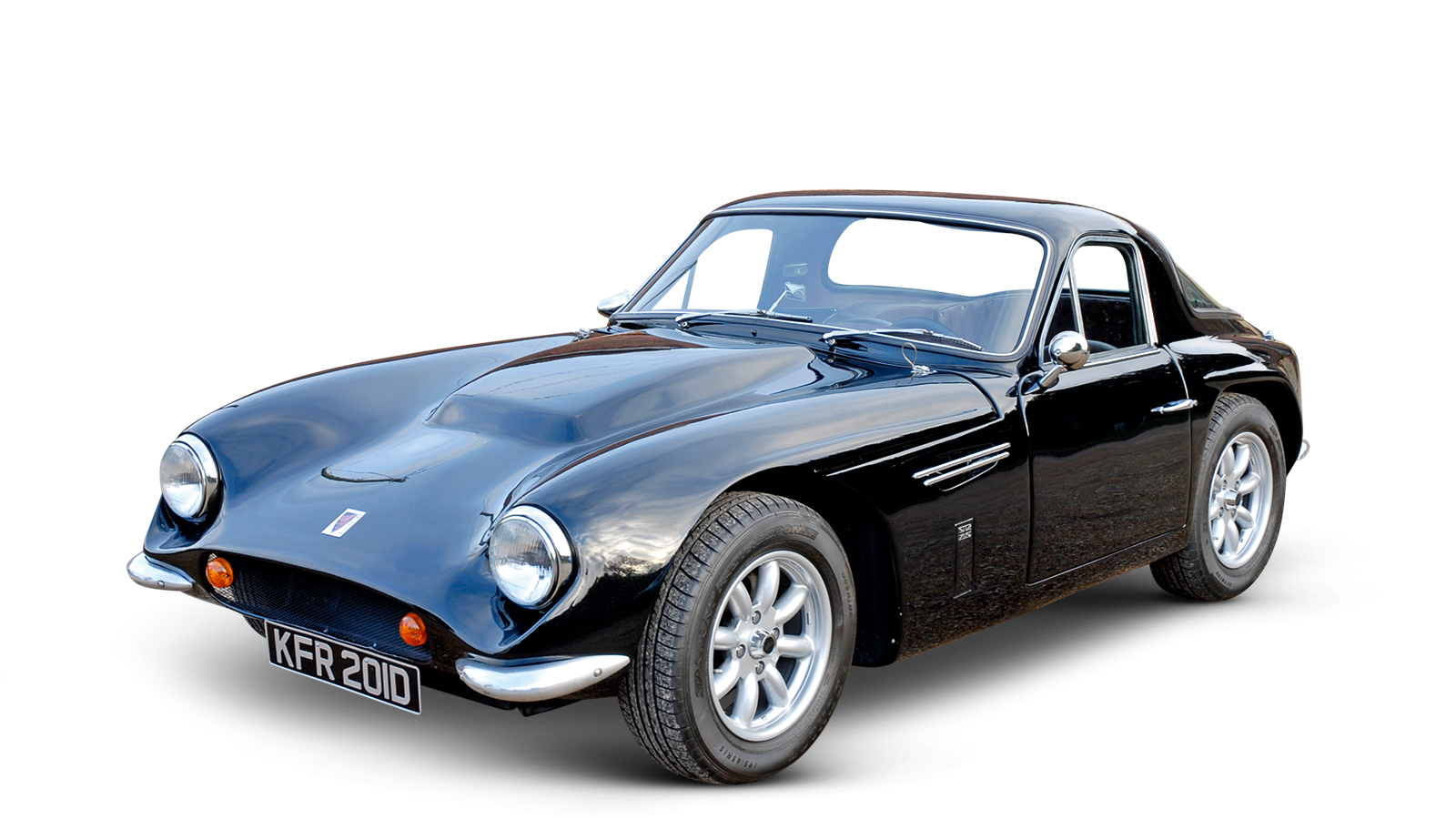 © Classic & Sports Car
© Classic & Sports Car -
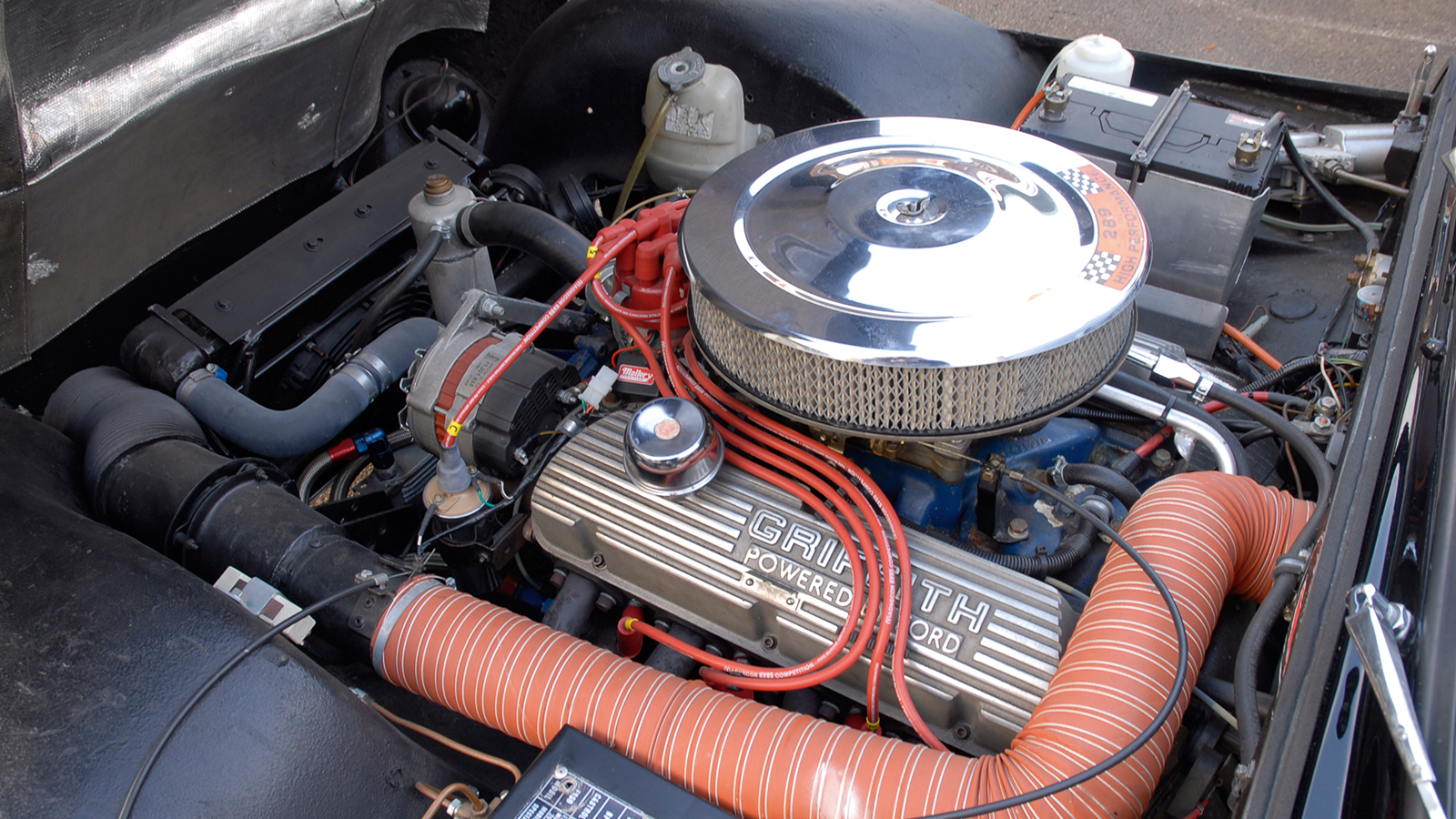 © Classic & Sports Car
© Classic & Sports Car -
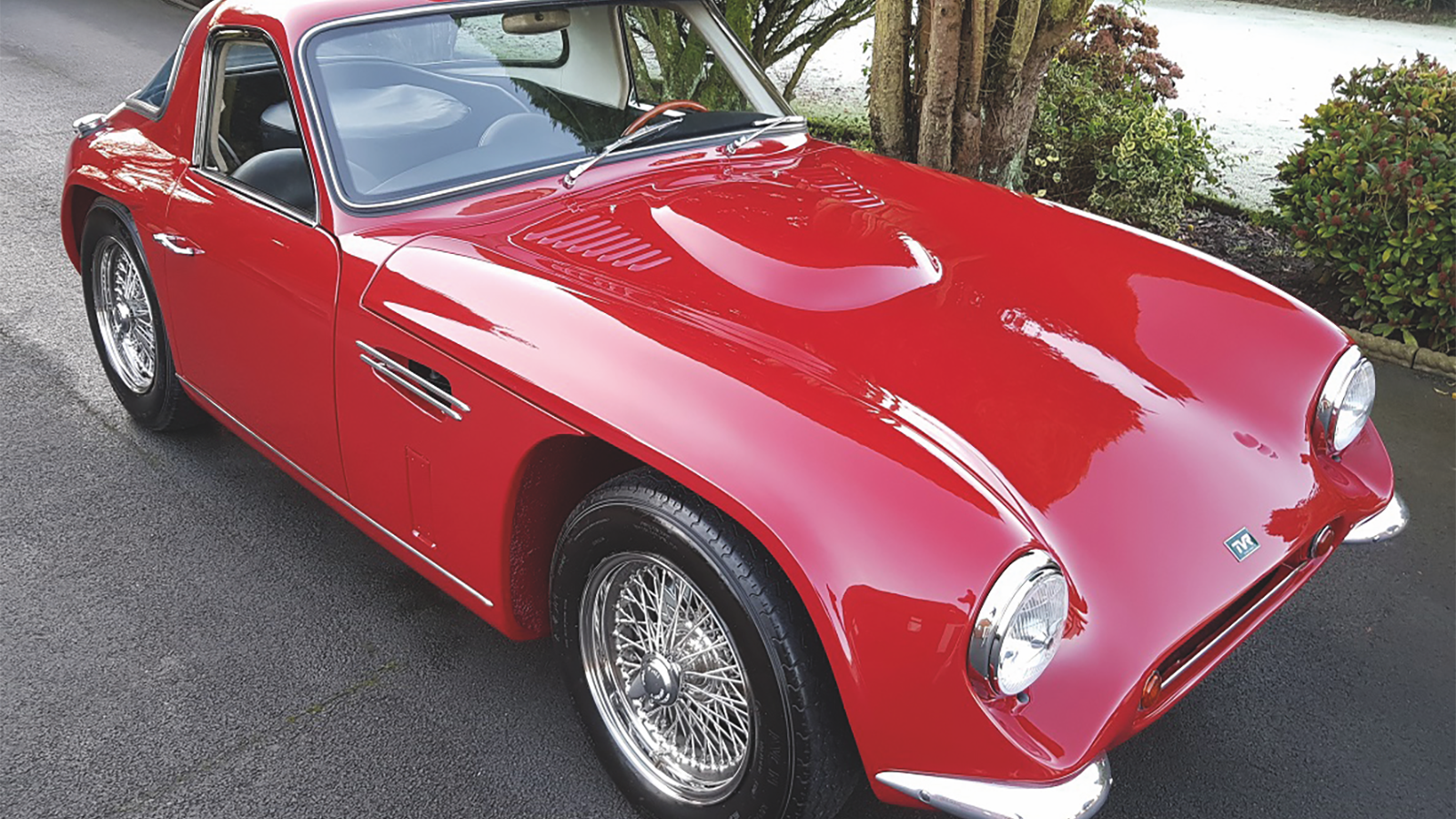 © Classic & Sports Car
© Classic & Sports Car -
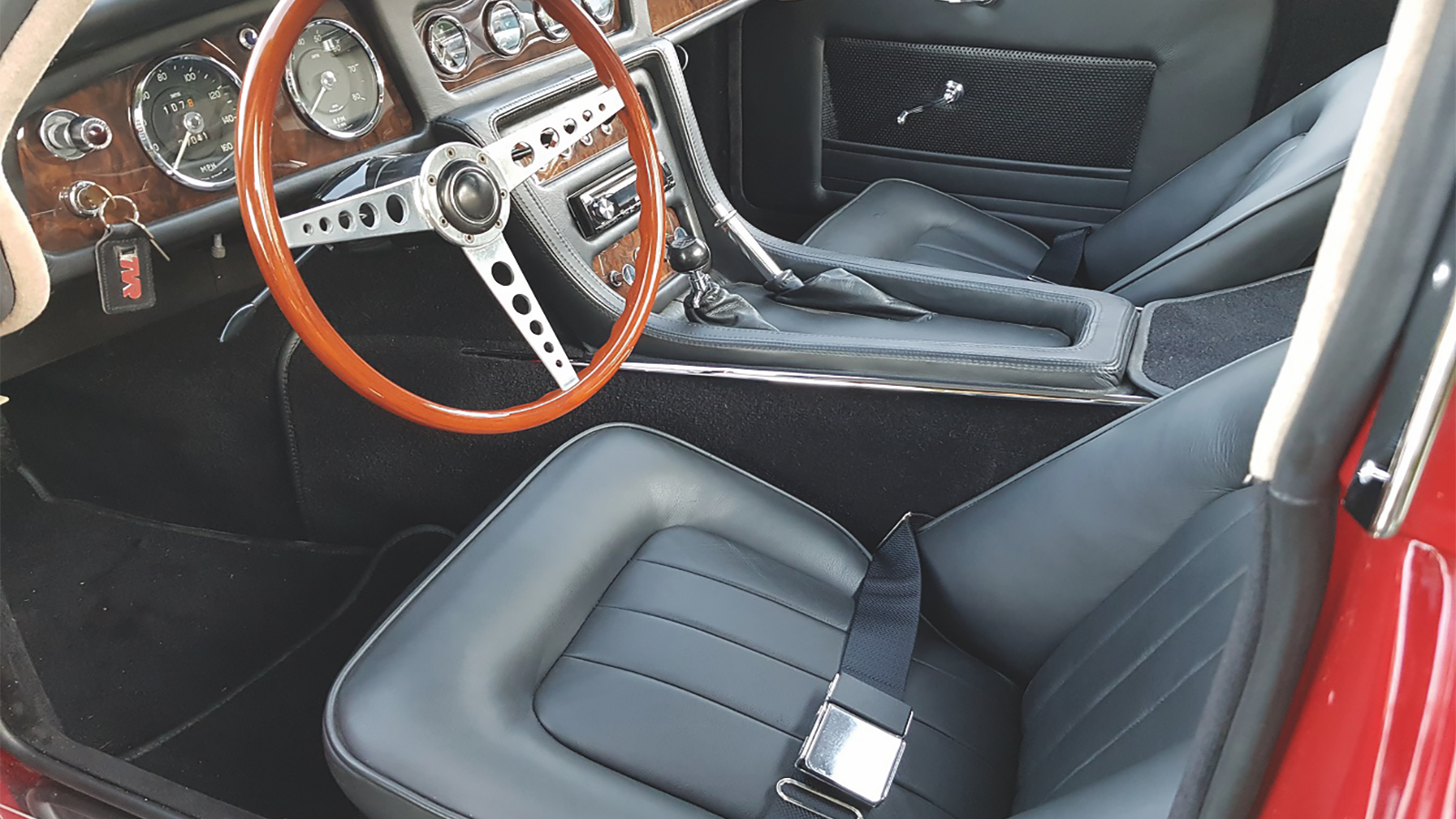 © Classic & Sports Car
© Classic & Sports Car -
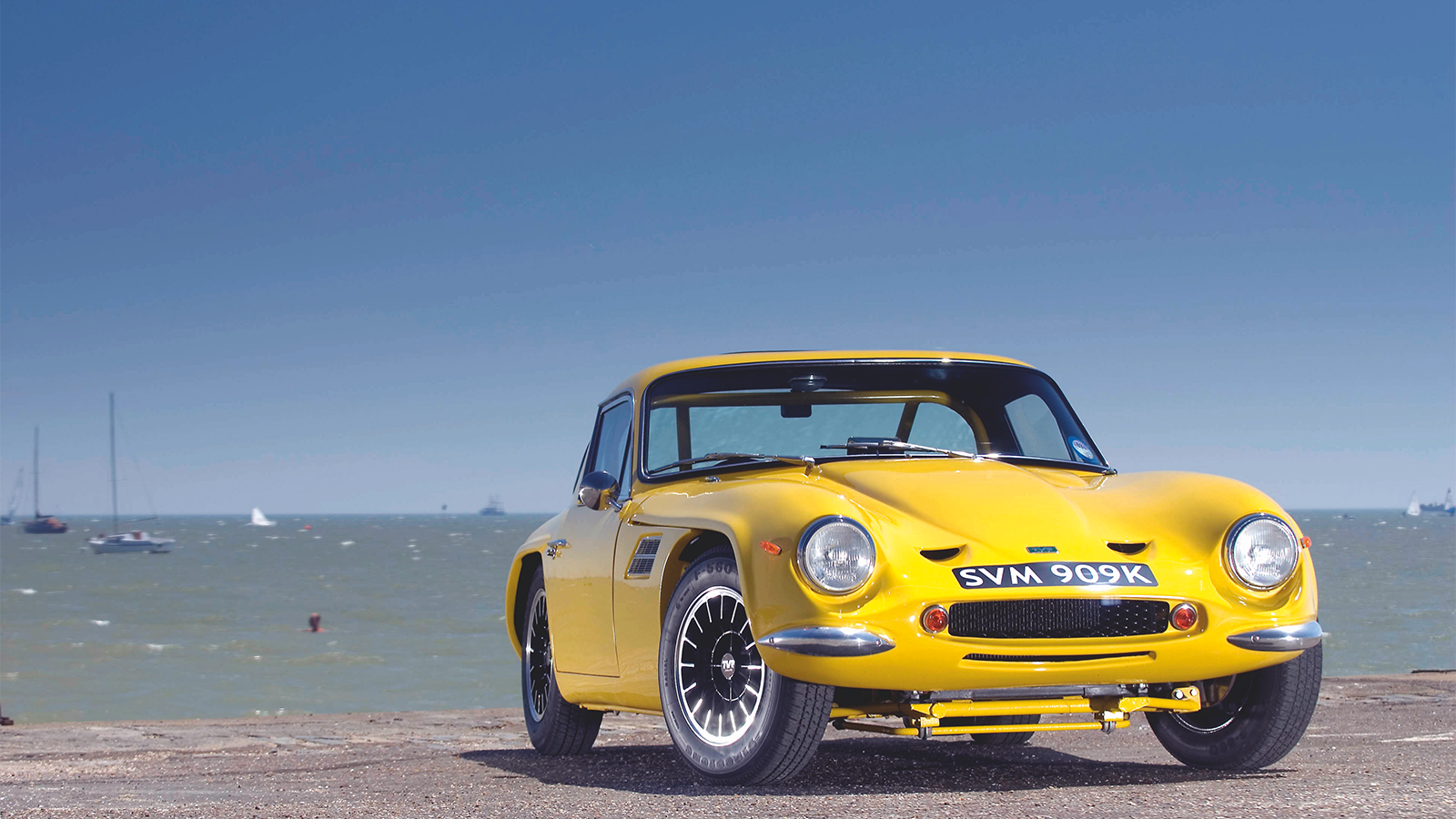 © Classic & Sports Car
© Classic & Sports Car -
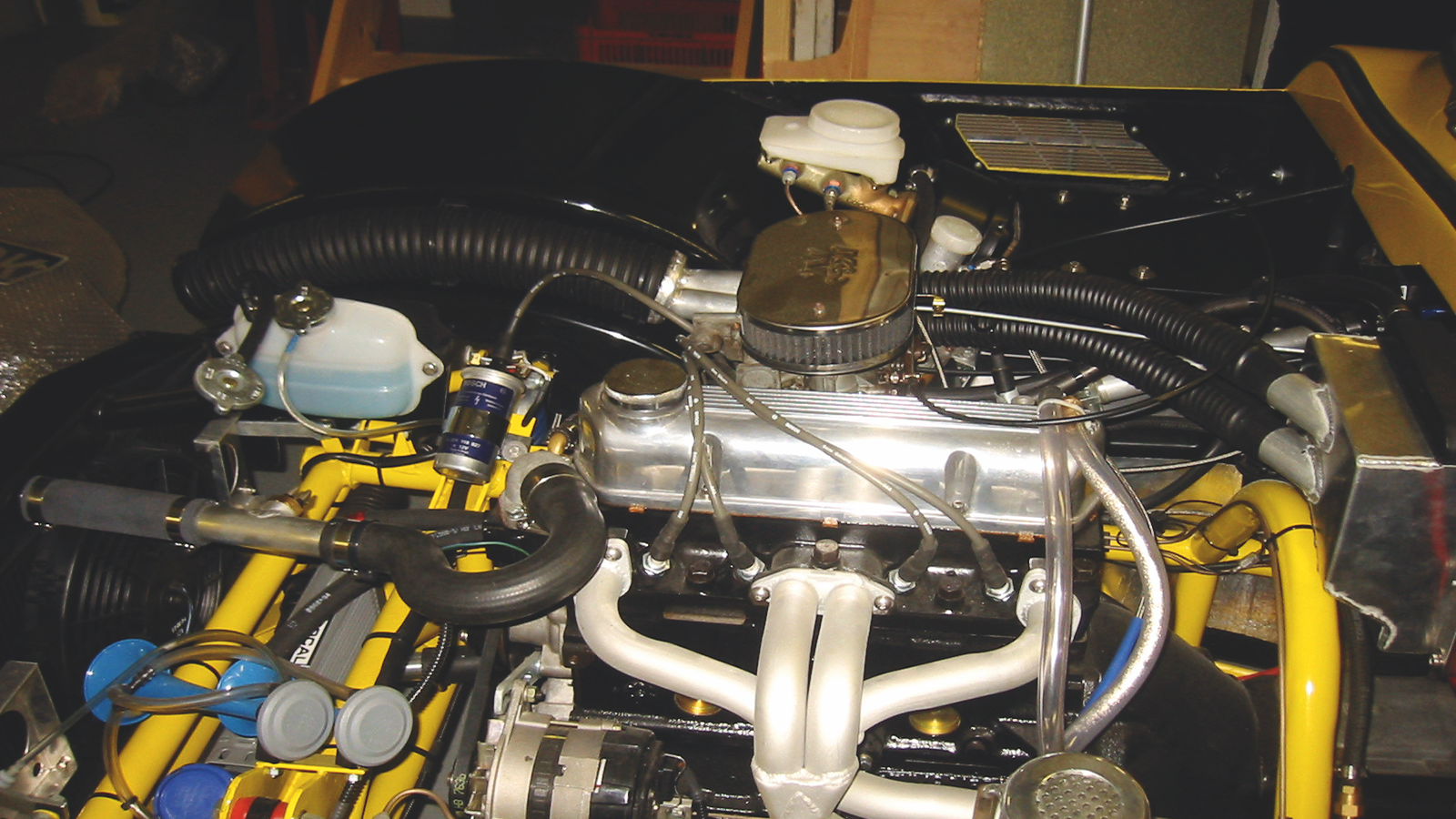 © Classic & Sports Car
© Classic & Sports Car -
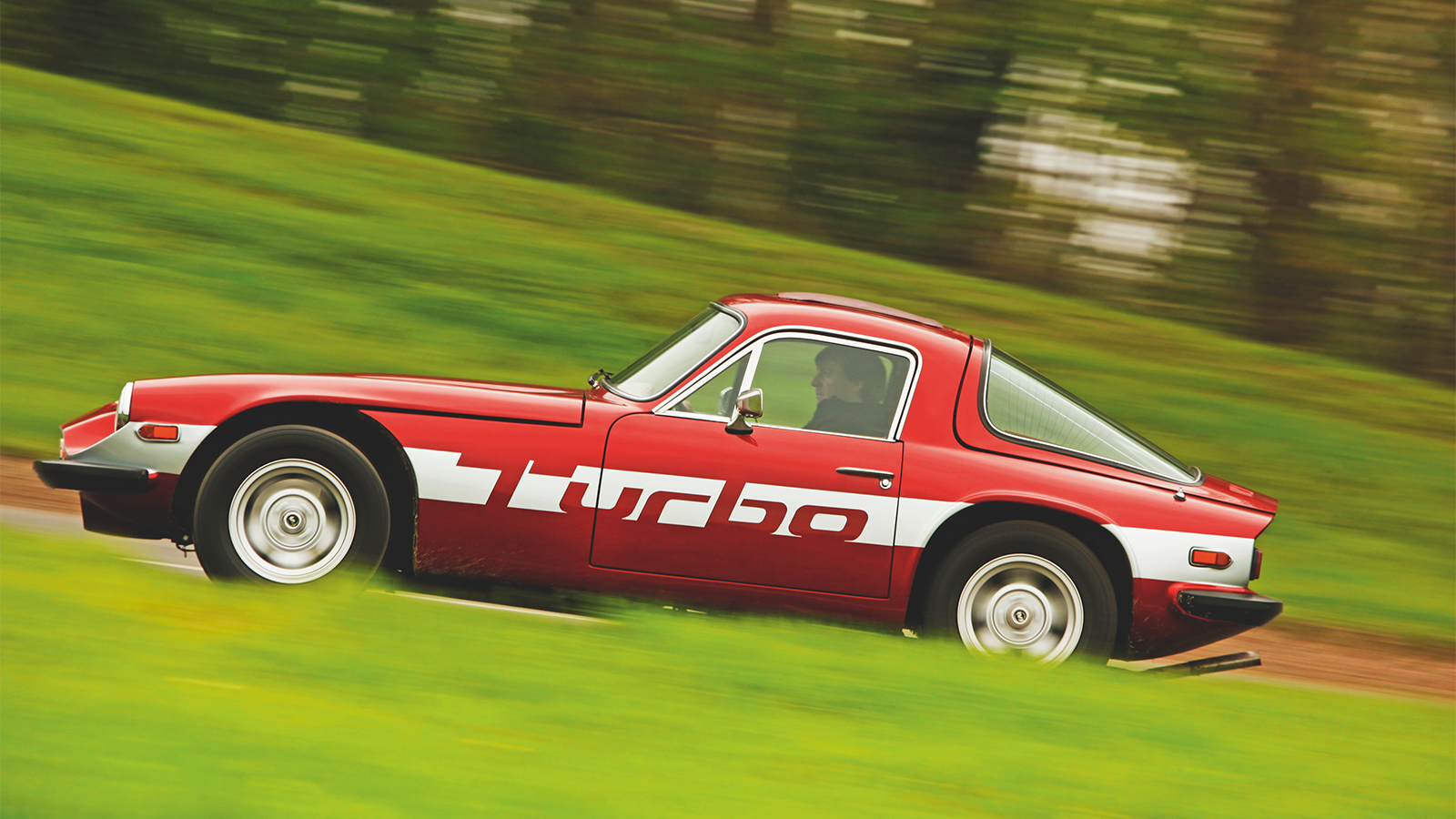 © Classic & Sports Car
© Classic & Sports Car -
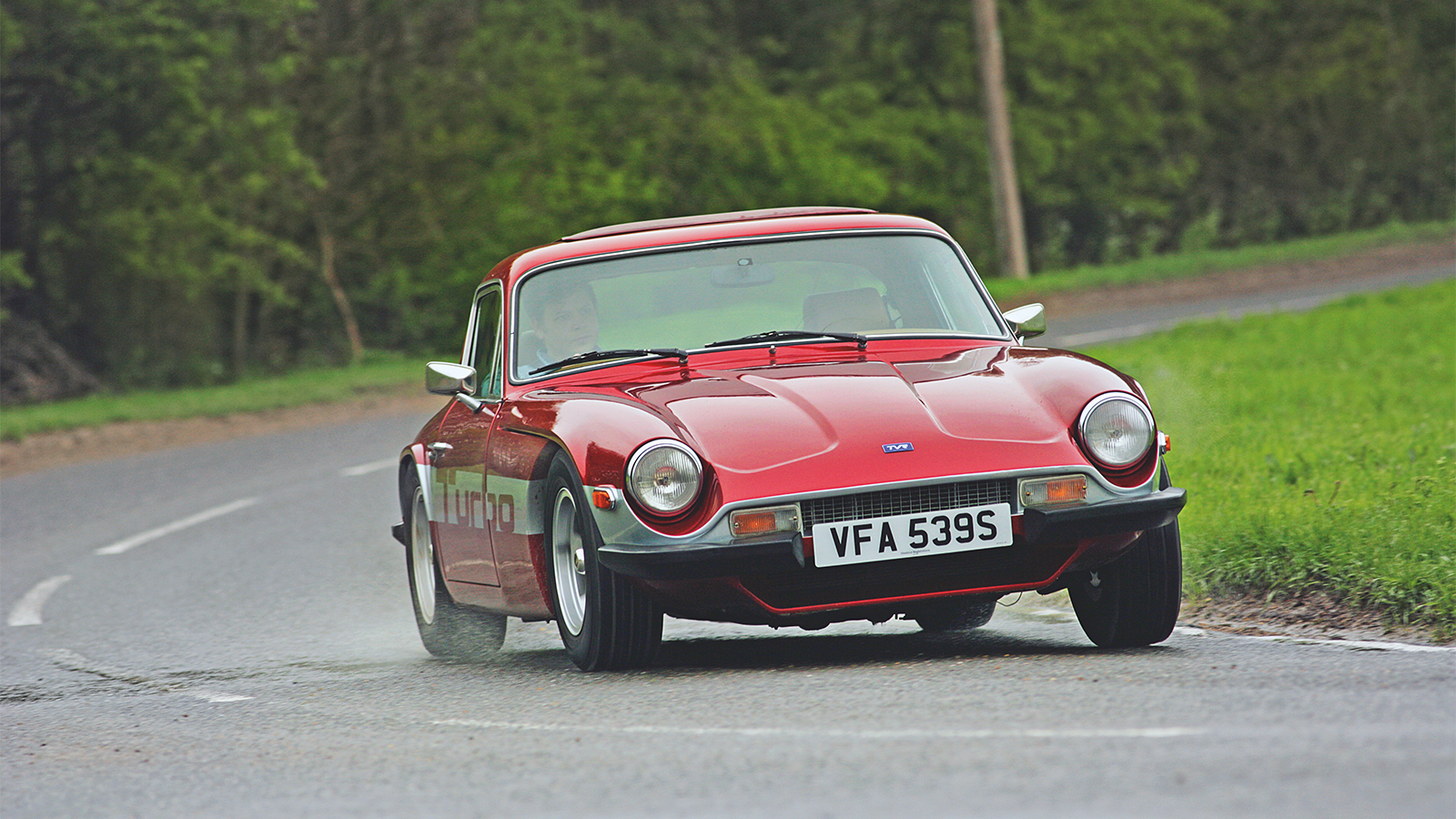 © Classic & Sports Car
© Classic & Sports Car -
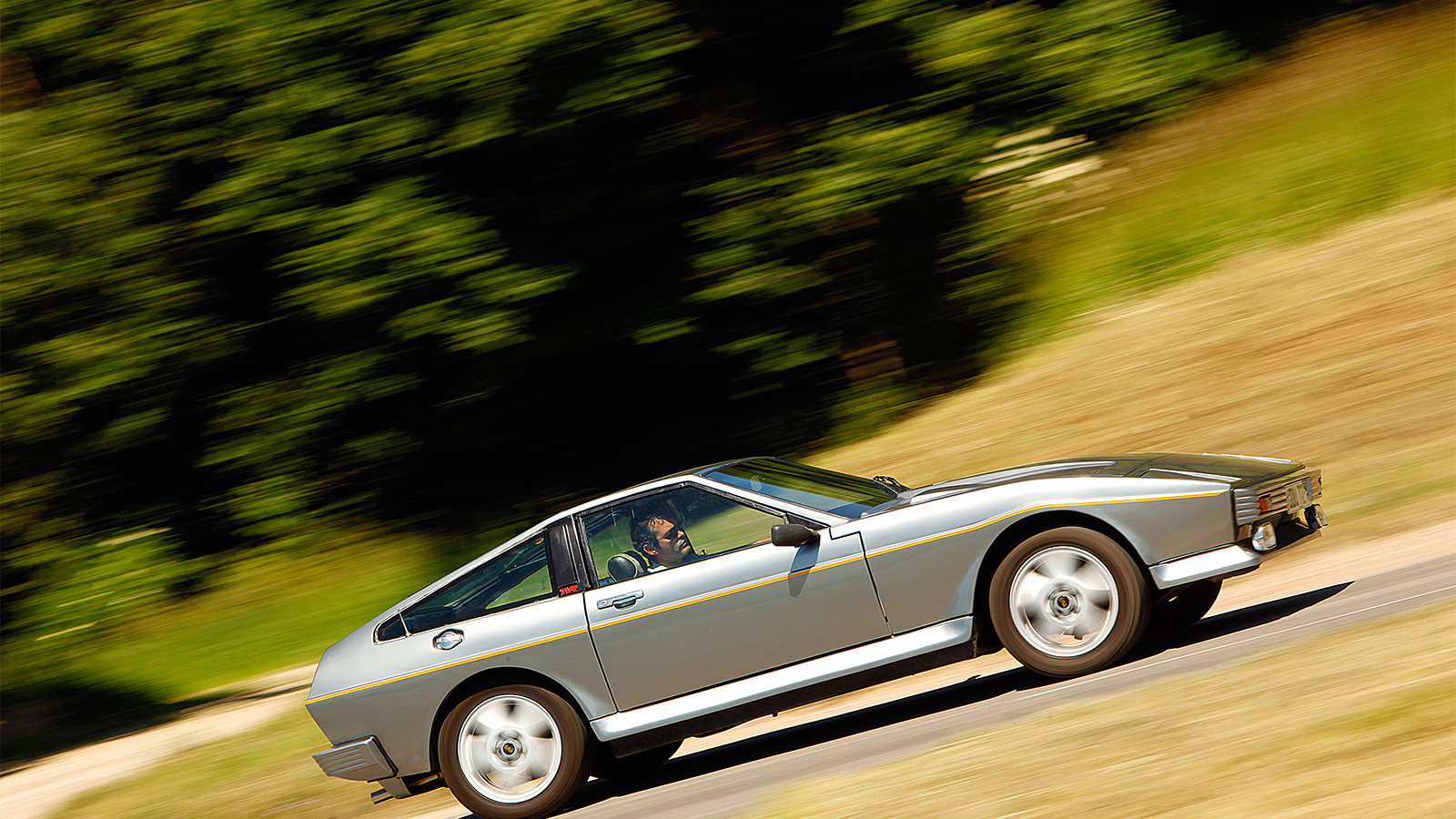 © Classic & Sports Car
© Classic & Sports Car -
 © Classic & Sports Car
© Classic & Sports Car -
 © Classic & Sports Car
© Classic & Sports Car -
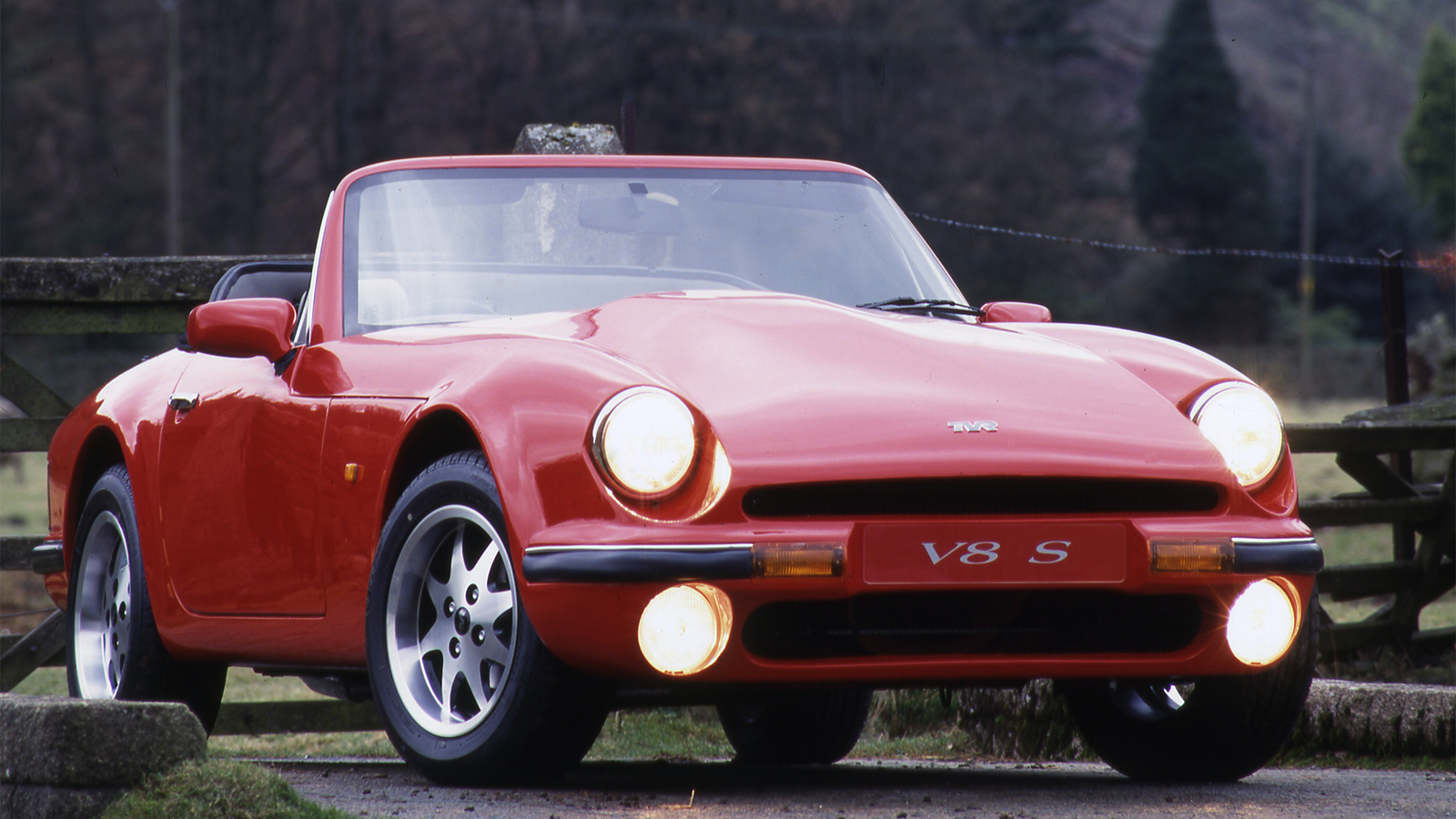 © Newspress
© Newspress -
 © Olgun Kordal/Classic & Sports Car
© Olgun Kordal/Classic & Sports Car -
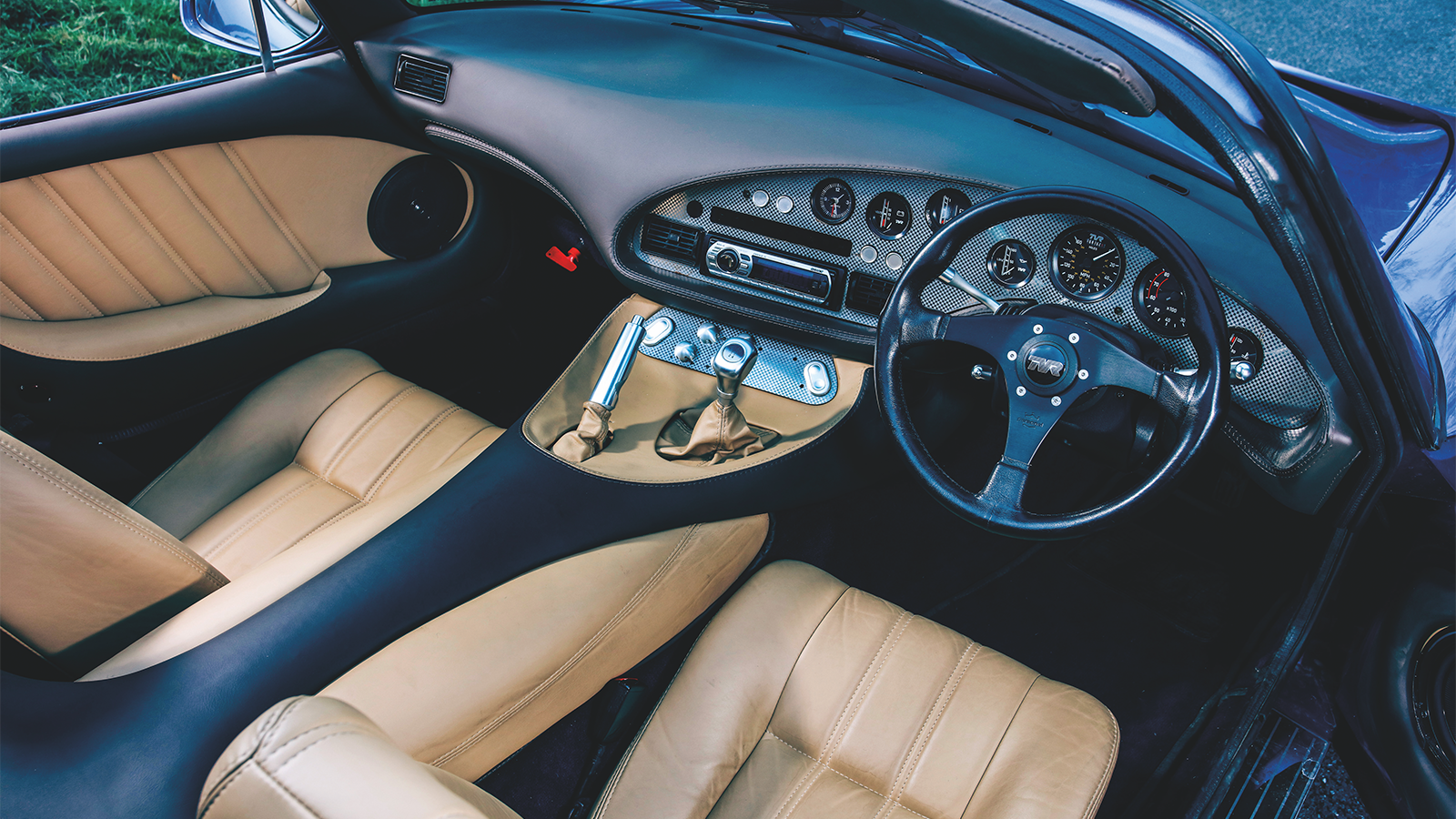 © Classic & Sports Car
© Classic & Sports Car -
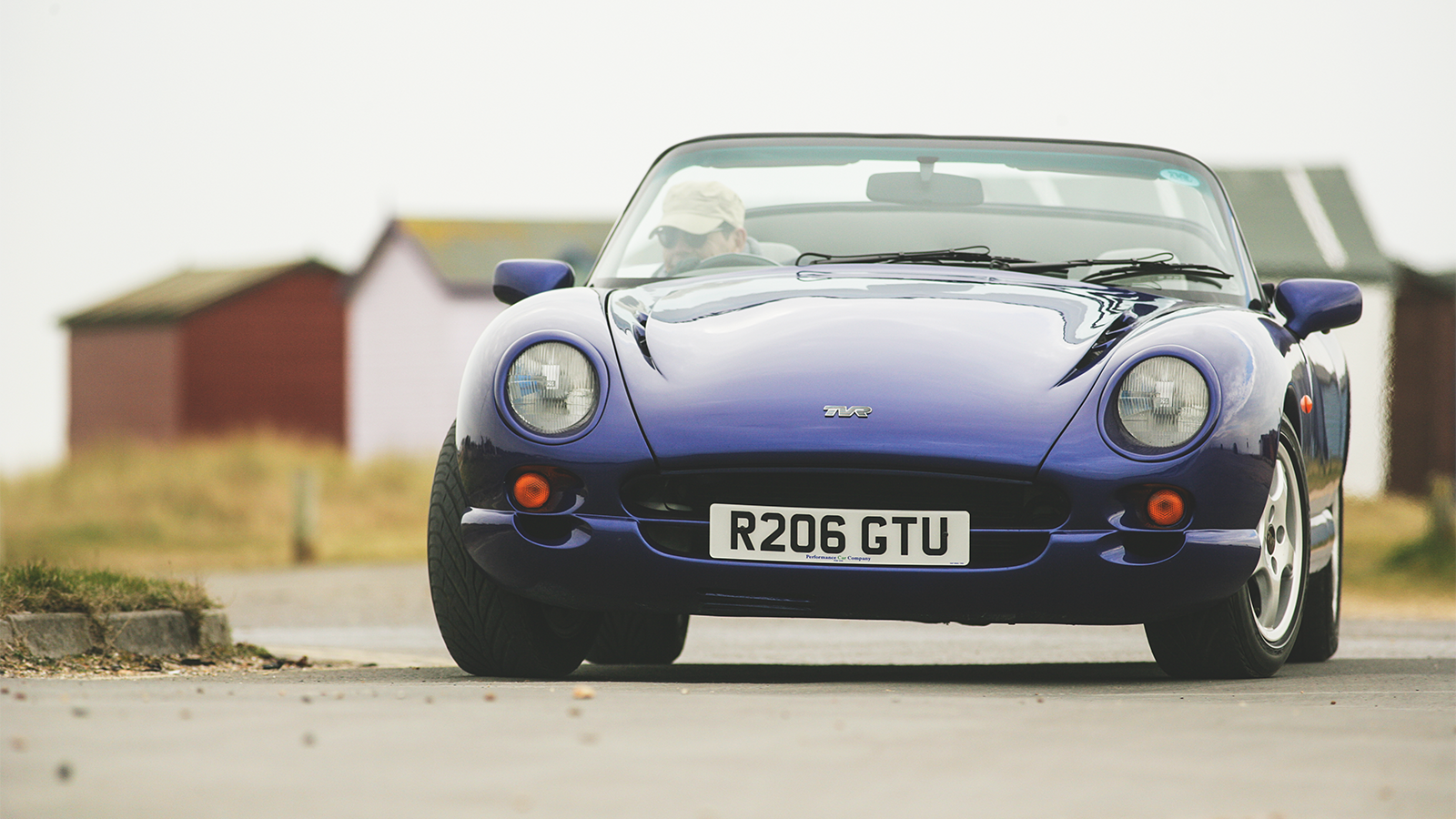 © Classic & Sports Car
© Classic & Sports Car -
 © Classic & Sports Car
© Classic & Sports Car -
 © Classic & Sports Car
© Classic & Sports Car -
 © Classic & Sports Car
© Classic & Sports Car -
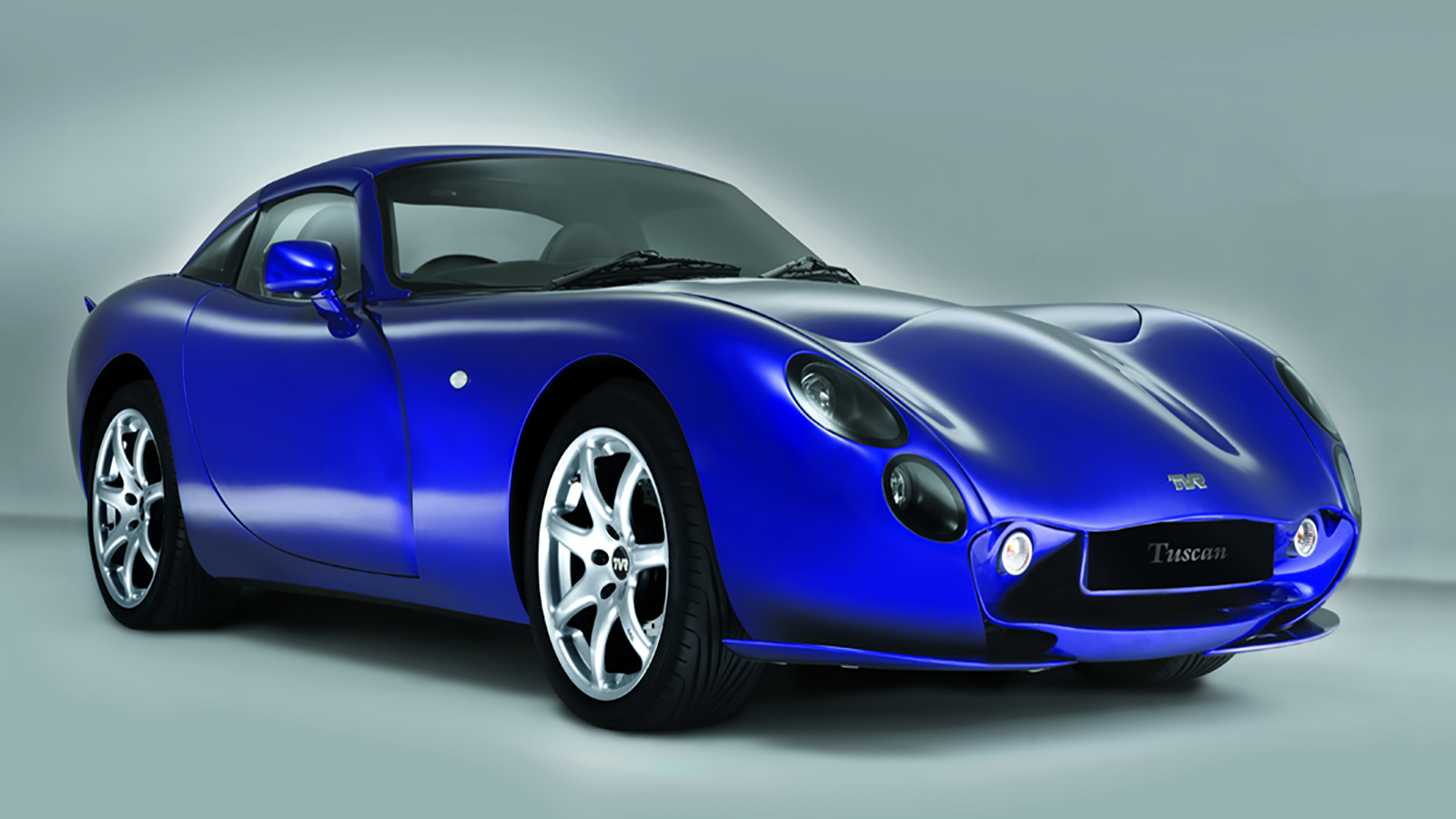 © Newspress
© Newspress -
 © Newspress
© Newspress -
 © The Car Spy/Wikipedia
© The Car Spy/Wikipedia -
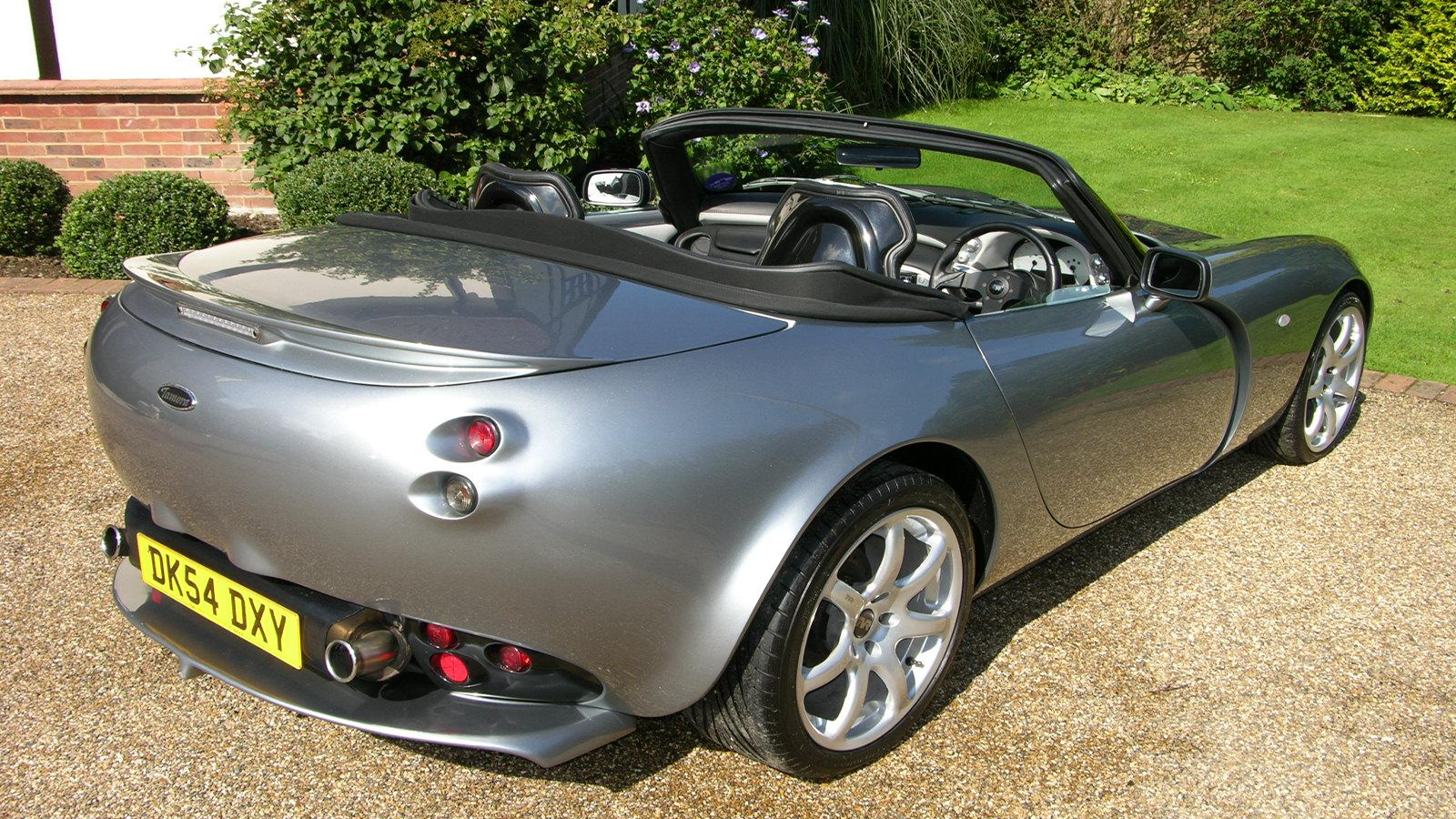 © The Car Spy/Wikipedia
© The Car Spy/Wikipedia -
 © TVR
© TVR -
 © TVR
© TVR -
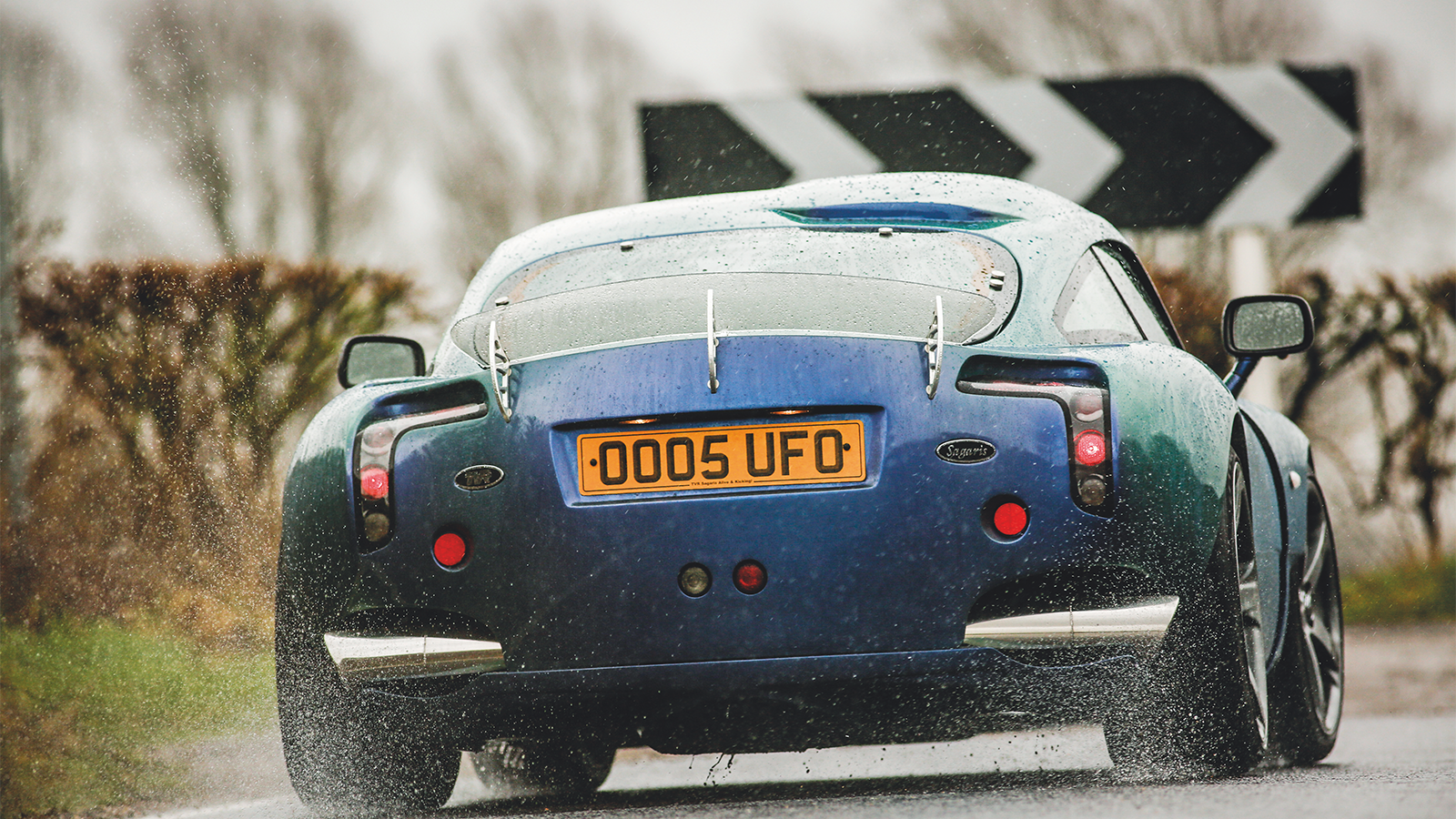 © Classic & Sports Car
© Classic & Sports Car -
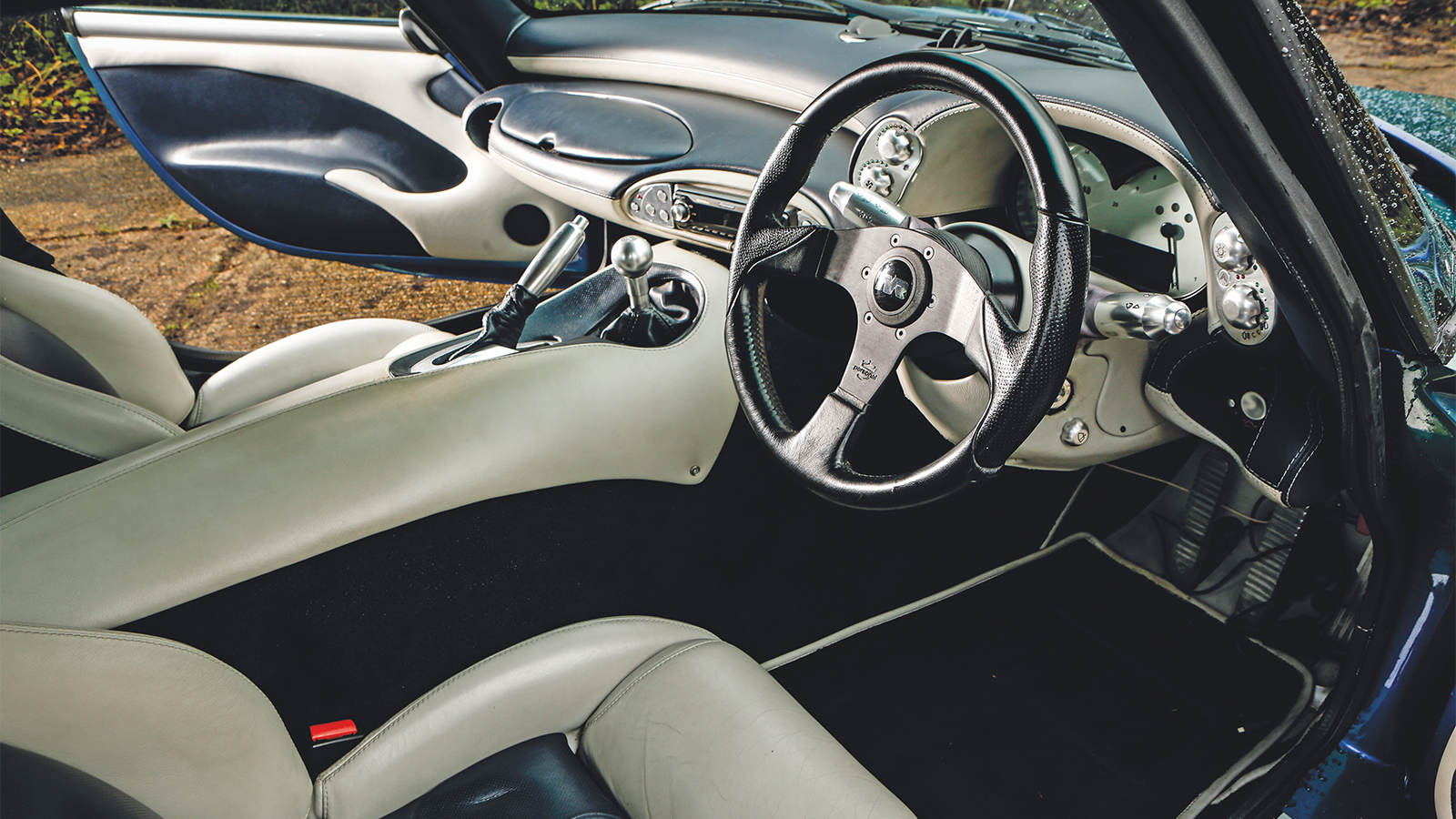 © Classic & Sports Car
© Classic & Sports Car
-
Thunder from over yonder
Talk about reading the room. TVR has recently revealed that its forthcoming Griffith will have an electrically powered version. On top of that, the company is sponsoring this year’s Formula E championship.
Yes, TVR. That TVR. The one whose products up to now have almost uniformly been small two-seaters powered by large and obstreperous engines.
So, as the company begins to tread an EV path, it’s appropriate to look back on the bright spots in the company’s history. Blackpool’s brightest illuminations, if you will, because as the company heads down a battery-powered route, things are going to get a lot quieter.
-
1. TVR Grantura (1958-’67)
TVR had pottered around, making one-offs and chassis- and-engine set-ups for various customers, but the Grantura proved that it was getting truly serious about building cars.
Early Mk1 cars were available fully built or in kit form, and could be specified with a variety of suspension systems and engines.
Then, with the Mk2, TVR offered the 1622cc MGA MkII or the Ford 1340cc engine as standard, plus disc brakes.
-
TVR Grantura (cont.)
Over the course of the next few years, the design was further honed, and larger, more powerful engines offered, and a cut-off tail nicknamed Manx (after the tail-less cat).
These later cars also feature the circular rear light clusters from the Ford Cortina of the time.
Over the course of the car’s life, sales numbered in the hundreds, so TVR was truly off and running.
-
2. TVR Griffith 200/400 (1963-’67)
The first Griffith was born out of a desire from US repair specialist Jack Griffith, who wanted to build a car that could outperform a Cobra.
He duly set about attempting to fit a V8 motor from the aforementioned Cobra into a TVR Grantura.
He failed but was unfazed, and persuaded the TVR factory in the UK to supply him with more Grantura chassis.
-
TVR Griffith 200/400 (cont.)
One engine option that eventually worked was the 4.7-litre Ford V8, which put out 271bhp, and which could get the car from 0-60mph in less than 4 secs.
Tricky handling necessitated a redesign of the suspension, which turned it into a formidable racing machine.
It was sold in the US as the Griffith 200 then 400, but supply delays caused by dockyard strikes caused the Griffith company to fold.
-
3. TVR Tuscan Mk1 (1967-’71)
This was the 1960s, when humans were travelling beyond the bounds of the Earth’s atmosphere, and moving faster than sound within it. Speed was the ‘in’ thing, and TVR wanted a piece of that action.
So, in came the TVR Tuscan, a two-seat sports car with the engine up front and forward (and often sideways) motion being taken care of by the rear wheels.
Ford was the provider of the power units, first of all a 4.7-litre (later a 4.9) V8, and later still a 3.0-litre V6.
-
TVR Tuscan Mk1 (cont.)
The V8 cars had disc brakes all round, but V6s had discs up front and drums at the back.
Most of the V8s went to the United States, but when the V6 was introduced it proved so popular that it brought about the demise of the V8.
However, the car was hampered by the fact that it looked almost identical to its Griffith predecessor, albeit with a large bonnet bulge; the Griffith’s reputation for quality was not great in the US.
-
4. TVR Vixen (1967-’72)
The TVR Vixen was built alongside the Tuscan, but where the latter adhered to the ethos that there ain’t no substitute for cubes, the Vixen was engineered to have a 1.6-litre four-cylinder Ford engine.
The glassfibre bodywork helped the car to be much lighter than its rivals, which helped give it class-leading performance but also excellent fuel economy. Ideal?
-
TVR Vixen (cont.)
However, come 1971 purse strings were being tightened around the world, and people needed economy, so TVR fitted the Vixen with a 1.3-litre Triumph engine. Ideal? Apparently not, because those same economy-minded customers were also put off by the car’s tepid performance.
The Vixen’s final hurrah was being fitted with a 2.5-litre straight-six Triumph engine, which was eligible for sale in the US due to it meeting smog regulations.
-
5. TVR M Series/Taimar (1972-’79)
TVR continued its ‘evolution not revolution’ approach to new models when it launched the M Series in 1972. So, the M cabin area was identical to that of its Vixen predecessor, with designers given more scope to tweak the front and back ends.
Under the skin, everything was redesigned to offer greater space and practicality, and the car passed the crash tests of the day so well that the testers demanded that it be retested. Ouch. Expensive.
-
TVR M Series/Taimar (cont.)
It was still able to be steered (and the doors opened) even after a 30mph impact with a wall, so they must have done something right.
Engines ranged from a 1.6-litre Ford unit to a 3.0-litre Ford V6, although TVR also saw fit to engage tuner Broadspeed to equip the latter engine with a turbocharger.
A small number of US models were also converted to run a 4.9-litre Ford V8.
-
6. TVR Tasmin (1980-’87)
At the dawn of the 1980s, the TVR M Series cars were due to be replaced.
Fashion dictated that curves were most certainly out, so designers broke out their rulers and came up with the Tasmin, a car with such sharp edges that you could cut yourself on it if you walked too close.
Under the skin lay a great deal of Ford componentry, including a 2.8-litre V6 engine, gearboxes from the Cortina and brakes from the Granada.
-
TVR Tasmin (cont.)
The company tried to go down the ‘bargain sports car’ route again by launching a 2.0-litre model, but this proved about as popular as a Sinclair C5.
The 160bhp 2.8 model was much more of a success (eventually), and it spawned the 350i that new company owner Peter Wheeler desired; this featured the 3.5-litre Rover V8 engine.
At this time, the Tasmin name was dropped.
-
7. TVR S (1986-’93)
As sharp and edgy-looking as it was, slow(ish) sales of the Tasmin model meant that TVR’s bosses were looking for something that would sell.
Tradition was back in, and the S series that was unveiled at the 1986 British motor show was undeniably old school.
People loved it, and orders flooded in. Indeed, the car was credited with transforming the fortunes of the company.
-
TVR S (cont.)
S1 models featured a Ford 2.8-litre V6, then S2-4 models had a slightly larger (2.9-litre) Ford V6.
Later S3 and S4 models also featured a ‘C’ at the end of their names, to denote the fact that they featured a catalytic converter.
However, the daddy of the range was the V8 S, into which TVR had shoehorned a 4.0-litre Rover V8. The 0-60mph sprint took less than 5 secs, making it quicker than many supercars of the day.
-
8. TVR Griffith Mk2 (1991-2002)
If ever a car had a blend of TVR’s traditional values wrapped in a futuristic-looking glassfibre body, then the Griffith is that car.
Under the bonnet lay a 240bhp 4.0-litre V8 motor, which combined with the car’s extremely low kerbweight to give performance that was pretty eye-opening, according to tests of the time.
The optional 280bhp 4.3-litre motor made things even more exciting.
-
TVR Griffith Mk2 (cont.)
The Griffith’s handling was neat, too, making this the sort of TVR you could use most days.
Over the course of the model’s life, it had comparatively few exterior changes, but underneath they were more significant, with progressively more powerful engines being fitted, culminating in the 340bhp 5.0-litre V8 in the Griffith 500.
If the Griffith represented TVR looking to the future, then that future seemed very bright (and noisy) indeed.
-
9. TVR Chimaera (1992-2001)
Shortly after the brutish Griffith was launched, TVR also released the Chimaera, which was aimed at those who wanted to regularly do longer journeys in their TVRs.
As such, the Chimaera was slightly roomier than the ‘Griff’, and had softer suspension.
Customers lapped it up, and the Chimaera went on to become by far the bigger seller of the two, because it offered a degree of comfort along with the aural rowdiness that was a TVR trademark.
-
TVR Chimaera (cont.)
As with the Griffith, early cars featured a 4.0-litre V8 engine, and over the course of the car’s life this expanded and became more powerful, with the zenith of the engine range being the same 340bhp 5.0-litre V8 as the Griffith.
Inside, the Chimaera was very well appointed with full leather trim, air-conditioning, a CD autochanger, and lashings of wood and chrome.
-
10. TVR Cerbera (1996-2005)
The problem for any TVR owner was always that you could only ever show off what your car could do to one friend at a time.
Not so with the Cerbera, which was the company’s first 2+2, so you could frighten three friends in one go.
That wasn’t the only first the Cerbera heralded, because it was also the first TVR to feature the firm’s own 4.2-litre AJP8 V8 engine, a punchy motor that was described by company owner Peter Wheeler as being “designed as a race engine”.
-
TVR Cerbera (cont.)
A top speed of north of 180mph proved him right.
Later in the car’s life, TVR also fitted its self-designed 4.0-litre straight-six engine, which was powerful but initially fragile.
The Cerbera was certainly luxurious inside, with all the trimmings you’d expect, but elsewhere it was lacking some tech – such as traction control. Approach with care.
-
11. TVR Tuscan Speed Six (1999-2006)
TVR’s reputation for unusual design continued with the Tuscan Speed Six, which appeared in 1999.
Under the swooping glassfibre bodywork lay the 4.0-litre Speed Six engine, which produced 360bhp. It was capable of covering the 0-60mph sprint in just 3.7 secs, and 0-100mph in a little over 8 secs.
It even had a starring role in a car chase halfway through the John Travolta movie Swordfish.
-
TVR Tuscan Speed Six (cont.)
Doubtless the stunt drivers were thrilled with the fact that it had neither traction control nor anti-lock brakes. Airbags were also absent from the specification.
The car was given a facelift halfway through its life, when TVR saw fit to introduce a full convertible version.
-
12. TVR Tamora (2002-’06)
New millennium, new approach. TVR’s Griffith and Chimaera were soon destined for the automotive pension, and TVR needed a replacement.
The Tamora was aimed as more of a successor to the Chimaera, in that it was slightly softer and easier to live with than some of TVR’s previous efforts.
Easier to live with it may have been, but it was no less rapid, because it weighed only a fraction more than a tonne, but had 350bhp from its 3.6-litre straight-six TVR-designed motor.
-
TVR Tamora (cont.)
Luxury touches abounded, including an adjustable steering wheel, electric windows and central locking, while underneath were power steering and brakes that had been developed by AP Racing.
However, prospective customers were turned off by the styling, so the car had a lifespan of only four years.
-
13. TVR T350 (2002-’06)
Not everybody wants the full wind-in-the-hair experience.
Some people want no wind at all, while others desire only a gentle breeze caressing the tops of their heads.
That’s why TVR came up with the T350, which was available in two versions – the full-on coupé was known as the T350 C, and the T350 T was a targa-topped version.
-
TVR T350 (cont.)
The T350 was based on the Tamora, and had the same underpinnings and interior fittings.
It also had the same 350bhp, and the bodywork was made of glass reinforced plastic, so putting your foot down had an effect akin to that of attaching an Exocet missile to a go-kart.
The T350 C also had the benefit of being comparatively practical, because it had a hatchback rear end.
-
14. TVR Sagaris (2004-’06)
Until the reborn TVR gets its act together and actually starts to build and sell cars, the Sagaris is the company’s swansong.
But what a way to go out. It was designed to succeed on the race track, which is why it has so many slashes and vents. Indeed, the name Sagaris comes from that of an ancient battle-axe, and it looks like someone’s used one of those to have a go at the front wings.
However, the slashes were filled in on road cars, slightly reducing the ‘competition’ feel.
-
TVR Sagaris (cont.)
Nevertheless, plenty of other bits made up for it, including a Perspex rear wing, a ‘hump’ in the roof on the driver’s side of the cabin, and of course, those side-exit exhausts.
The straight-six engine spat, burbled and blared its 406bhp to the road through the rear wheels and a five-speed manual gearbox.
And as was the TVR way, the only traction control was your right leg.
